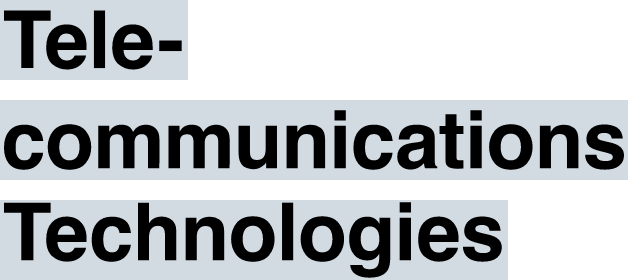Press Releases
SoftBank News

5G
5G is a technology that is capable of significantly evolving industries and services.
SoftBank has engaged in various activities and research studies to make full use of 5G technology, developing services using eMBB (high speed, large capacity) and advanced R&D for URLLC (high reliability, low delay) and mMTC (multiple simultaneous connections).
Specifically, we are engaged in various types of verification testing for Vehicle to X (V2X), a technology for accident reduction and the control of self-driving vehicles, to achieve a future automated driving society, and also R&D to realize new services such as video transmission and analysis by combining 5G with AI.
-

High speed,
large capacityStress-free access to large capacity, high video quality content and services with super-high speed communications.
-

Ultra-reliable,
low delayDelay is substantially minimized, allowing use in broad-ranging applications like self-driving cars and remote operation of robots.
-

Multiple simultaneous
connectionsSimultaneous connectivity allows not only smartphones and tablets, but also various other devices to connect to networks, giving rise to new lifestyles and businesses.
NTN
Non-Terrestrial Network (NTN) providing communications networks from space and the stratosphere.
With roughly half of humanity unable to use the Internet, we have taken on the bridging of the digital divide globally as our mission.
SoftBank is working to integrate terrestrial mobile networks with NTN to build a network that ensures continuous connectivity anytime, anywhere. This initiative is part of our drive toward a “Ubiquitous Transformation,“ which aims to transcend communication barriers and create a truly connected society.
By building networks in the sky we can enable the use of networks in areas previously outside the service range, having a great impact not only on ordinary users, but also those in the industrial world seeking to accelerate digital transformation (DX). SoftBank aims to digitalize at a single stroke analog industries lacking communications environments, and to provide advanced communications services and DX solutions for seamless connectivity to realize a transformation of social structures.
Developing NTNs also has much potential for business continuity planning (BCP), as it can provide connected communications even when terrestrial communications equipment and networks are affected by disasters.
Beyond 5G/6G
Beyond 5G/6G, following 5G, will require not only high-speed, high-capacity, ultra low-latency, and massive device connectivity but also high security that is resilient to faults and attacks from quantum computers, as well as autonomous control that can dynamically optimize according to the environment.
We are working on the research and development of terahertz waves and optical wireless communication with the aim of further accelerating communication speeds, as well as developing virtualization technology for networks that can achieve robustness, scalability, and high functionality simultaneously. Our goal is to achieve a faster, safer, and more efficient network that is suitable for the digitalization of industries.


Pioneering the Future Beyond 5G: Taking Up the Challenge of 6G Terahertz Wave-based Communications
Communications platform technology
SoftBank is engaged in R&D for a variety of platform technologies supporting the evolution of communications.
With the spectacular development of drones, recent years have seen more interest in the commercialization of aerial base stations installed on such unmanned aerial vehicles (UAV) flying several hundred meters to 20 kilometers above the ground. SoftBank is engaged in R&D for 3D space cell construction technology for next-generation cellular communications base stations, to realize ultra-broadband low delay communications by coordinating aerial base stations with terrestrial cellular communications networks.
As the main underlying technologies to create 3D cells that will make all outdoor 3D spaces available as service areas, including those in the sky, we are actively researching aerial base stations (repeaters), wireless communications technology, control networks to link the aerial base stations with terrestrial cellular networks, and radio wave propagation models to optimize cell design. We are actively seeking to promote international standards for our findings with the aim of contributing both domestically and globally.

